Paleontology, the study of ancient life through fossils, has traditionally relied on careful visual examination and comparative anatomy. However, technological advancements are revolutionizing this field, leading scientists to reassess long-established fossil identifications. New imaging techniques, computational methods, and genetic analyses are revealing surprising truths about ancient creatures, sometimes overturning classifications that have stood for decades or even centuries. This evolving understanding isn’t merely academic—it reshapes our entire picture of evolutionary history and ancient ecosystems. Let’s explore how modern technology is leading paleontologists to reconsider what we thought we knew about extinct species.
Advanced Imaging Technologies Revealing Hidden Details
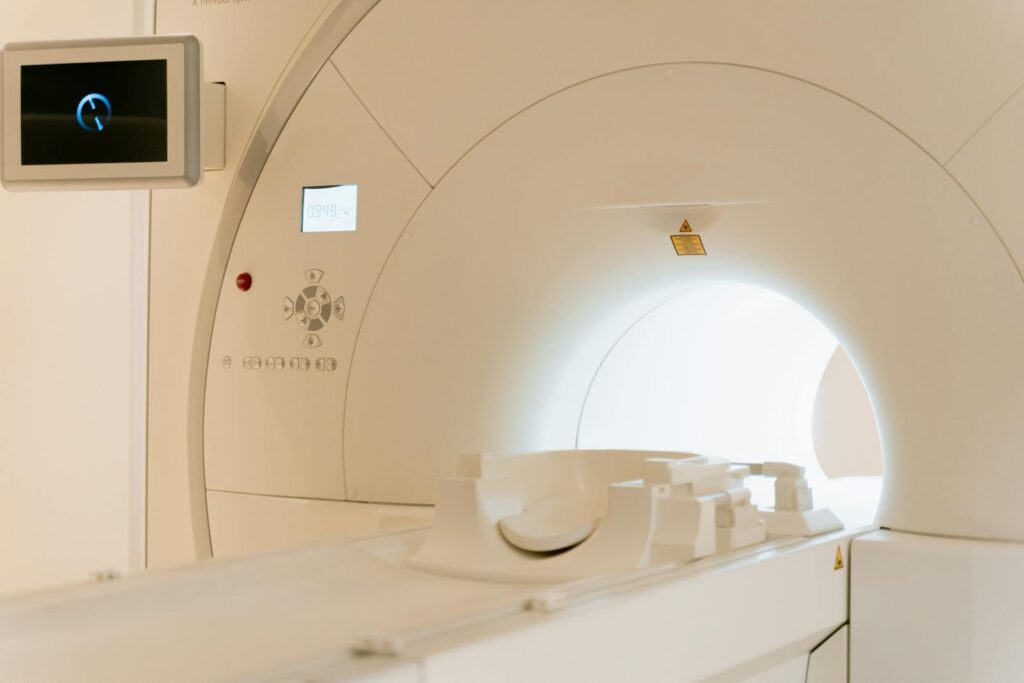
Modern imaging technologies have transformed how scientists analyze fossils, revealing details invisible to previous generations of researchers. Computed tomography (CT) scanning, which creates detailed three-dimensional images of internal structures without damaging specimens, has been particularly revolutionary. In one notable case, CT scans of a fossil previously identified as a primitive bird revealed it was actually a small dinosaur with bird-like features. Synchrotron radiation—extremely bright X-rays produced by accelerating electrons—now allows researchers to examine microscopic cellular structures preserved within fossils. These imaging breakthroughs have enabled scientists to detect subtle anatomical features that were impossible to observe with traditional methods, challenging classifications based solely on external morphology. The ability to peer inside fossils non-destructively has become an invaluable tool for reassessing problematic specimens.
DNA Analysis Overturning Century-Old Classifications

Though extracting DNA from ancient fossils remains challenging, advances in ancient DNA sequencing have led to remarkable reclassifications of more recent specimens. In 2019, researchers successfully extracted genetic material from a 31,000-year-old mammoth tooth, revealing it belonged to a previously unknown lineage distinct from woolly mammoths. Genetic analysis has proven particularly valuable for sorting out human evolution, showing that some fossils classified as separate species were actually regional variants of the same species. Conversely, DNA evidence has also revealed that some fossils thought to represent the same species actually came from genetically distinct populations. These molecular insights have prompted paleontologists to reconsider how they define species boundaries in the fossil record, acknowledging that morphological similarities don’t always reflect genetic relationships. As extraction and sequencing techniques improve, ancient DNA analysis continues to refine and sometimes completely overturn traditional fossil classifications.
Misidentified Sex and Age Differences

One surprising area where technology has revealed significant misidentifications involves confusion between males and females of the same species. Advanced statistical analysis of dinosaur fossils has shown that some specimens once classified as separate species actually represent sexual dimorphism—physical differences between males and females. For example, what were once thought to be two distinct species of Stegosaurus are now understood to be males and females of the same species, with differences in their plates and spikes. Similarly, cutting-edge bone histology techniques have revealed that some fossils previously identified as different species actually represent different growth stages of the same animal. This has been particularly evident in dinosaur classifications, where juvenile specimens were sometimes mistakenly identified as distinct species due to their dramatically different appearances. Modern technology allows scientists to examine microscopic bone structure, growth rings, and development patterns to determine an individual’s age and maturity level with much greater precision.
3D Modeling and Computational Analysis

The emergence of sophisticated 3D modeling has revolutionized comparative anatomy studies, allowing for precise measurement and comparison of fossil specimens across collections worldwide. Researchers can now digitally reconstruct fragmentary fossils, compensating for distortion and damage that previously complicated identification. This digital approach enables quantitative analysis of subtle anatomical features that might escape visual examination. In one notable case, computational analysis of tooth morphology revealed that several fossil mammals from the Paleocene epoch had been incorrectly classified, requiring a significant revision of early mammalian evolutionary trees. These computational methods also allow for biomechanical simulations, testing how ancient organisms might have moved and functioned. When these functional analyses contradict previous assumptions about an organism’s lifestyle, they often prompt reconsideration of taxonomic placement. The ability to share digital models internationally has accelerated the reexamination process, as more researchers can analyze rare specimens without traveling to distant museums.
Reclassification of Iconic Dinosaur Species
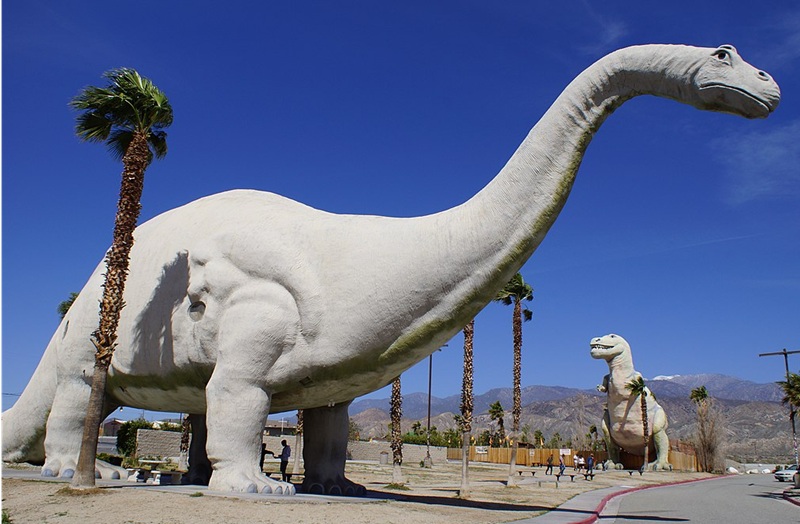
Some of paleontology’s most famous dinosaurs have undergone significant reclassification thanks to technological analysis. Brontosaurus, once demoted to being merely an Apatosaurus specimen, was reinstated as a valid genus in 2015 after sophisticated computational analysis of anatomical differences. The popular three-horned Triceratops faced similar scrutiny when some researchers suggested it might represent a juvenile form of Torosaurus, though subsequent analysis utilizing bone histology and growth studies has largely rejected this hypothesis. Perhaps most dramatically, the discovery that many dinosaurs possessed feathers—revealed through specialized imaging techniques showing feather impressions and structures—has fundamentally altered our understanding of these animals’ appearance and relationship to birds. The iconic Velociraptor, popularized in films as a scaled predator, actually boasted a coat of feathers according to fossil evidence examined with ultraviolet light imaging. These revisions to well-known dinosaurs demonstrate that even the most established classifications remain subject to technological reassessment.
Microanalysis Techniques Revealing Diet and Habitat

Advanced chemical analysis techniques are providing unprecedented insights into ancient organisms’ diets and environments, sometimes contradicting previous classifications based on assumed ecological niches. Stable isotope analysis of fossil teeth and bones can reveal what animals ate and in what environments they lived, occasionally contradicting assumptions made from tooth morphology alone. In one notable case, a fossil primate previously thought to be a fruit-eater based on its teeth was revealed through carbon isotope analysis to have consumed primarily grasses and sedges. Similarly, microscopic analysis of tooth wear patterns using electron microscopy has challenged dietary classifications for numerous extinct species. These methods have revealed that some fossil herbivores previously grouped together based on similar tooth structure actually occupied very different ecological niches. When ecological evidence contradicts morphological classification, paleontologists must reconsider how they group these ancient species, sometimes resulting in taxonomic revisions that better reflect evolutionary relationships.
Mistaken Composites and Fraudulent Fossils

Technology has proven invaluable in detecting fossil forgeries and mistaken composite specimens that combine parts from multiple animals. Advanced imaging techniques have revealed that some museum specimens were incorrectly assembled from unrelated fossil fragments, creating chimeric creatures that never actually existed. The infamous “Archaeoraptor” fossil, briefly hailed as a missing link between dinosaurs and birds, was exposed as a composite of unrelated specimens through CT scanning and detailed microscopic analysis. X-ray fluorescence, which detects chemical elements present in materials, has identified fossils that were artificially enhanced or partially fabricated. Even legitimate historical specimens sometimes contain errors—one famous Diplodocus skeleton displayed for over a century was found, through digital modeling, to have its skull replaced with that of another species. These technological revelations have prompted museums worldwide to reexamine their collections, sometimes leading to significant reinterpretations of important specimens that influenced earlier understanding of evolutionary relationships.
Evolutionary Convergence Causing Classification Errors
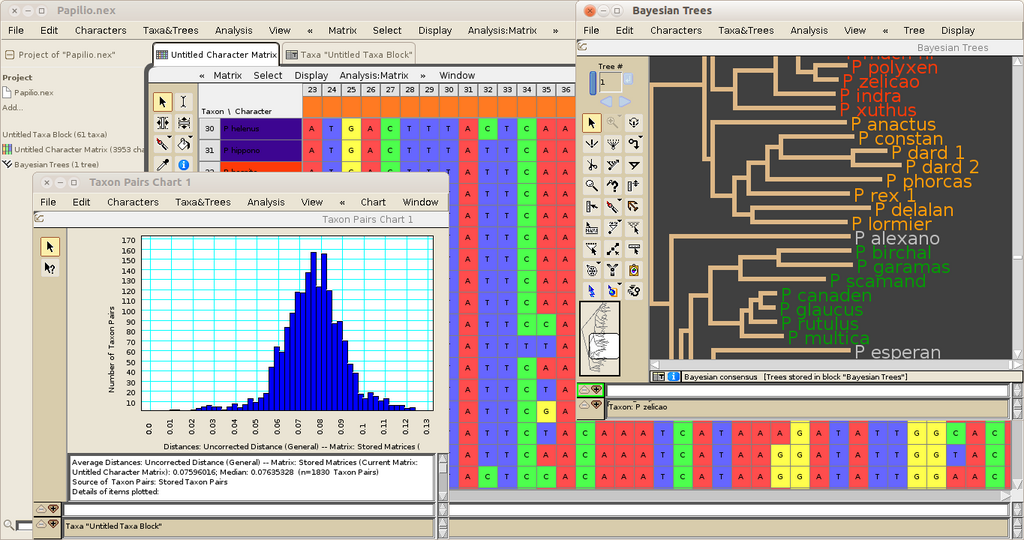
Technological analysis has revealed many cases where evolutionary convergence—the independent evolution of similar features in unrelated organisms—led to misidentification of fossils. Advanced phylogenetic analysis software, which examines hundreds of anatomical characteristics simultaneously to determine evolutionary relationships, has been crucial in distinguishing between true relatedness and superficial similarity. For example, certain marine reptiles were long classified together based on similar body shapes, but genetic and detailed anatomical analysis revealed they evolved from different ancestors and converged on similar forms due to adaptation to marine environments. Similar revelations have occurred with fossil mammals that independently evolved saber-tooth adaptations, flying reptiles with convergent wing structures, and plants with similar leaf patterns from unrelated lineages. Modern computational approaches allow scientists to distinguish between homologous features (indicating shared ancestry) and analogous features (resulting from convergent evolution), reducing the likelihood of misclassification based on superficial similarities that fooled earlier generations of paleontologists.
Historical Context and Collection Biases
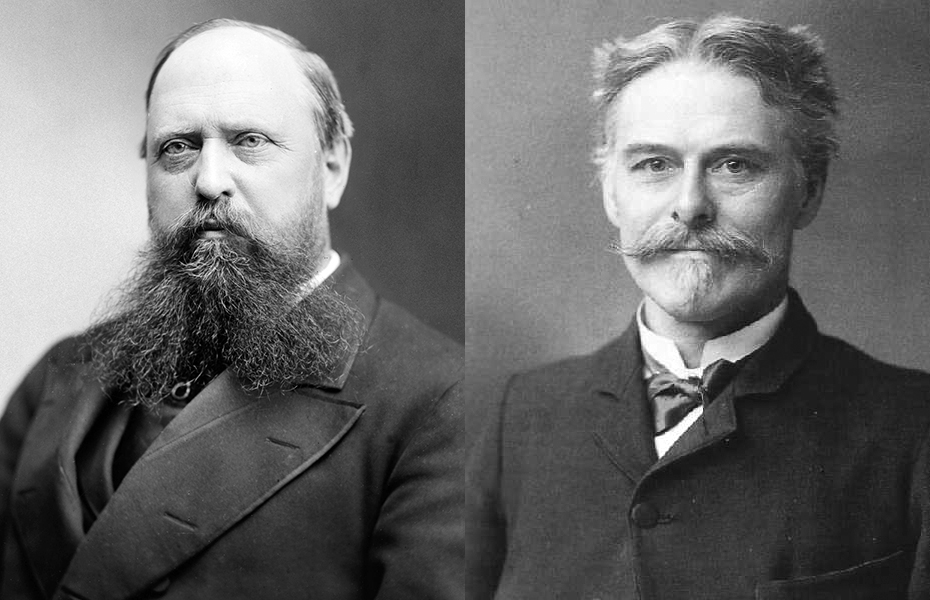
Technology is helping researchers recognize how historical context and collection biases affected fossil identification, particularly for specimens collected during the 19th and early 20th centuries. Digital database analysis has revealed patterns where fossils collected during the “Bone Wars”—an intense rivalry between American paleontologists—were hastily classified as new species to boost discovery counts. Modern statistical approaches show that some historical researchers consistently “split” specimens into many species while others “lumped” variations together, creating inconsistencies in classification that persist today. Geographic information systems (GIS) technology has illuminated collection biases, showing how fossils from certain accessible locations were overrepresented and potentially misidentified due to limited comparative material. Additionally, cultural and colonial contexts influenced how specimens were described and classified, sometimes resulting in duplicate names for the same species discovered in different regions. By analyzing these historical patterns with computational tools, researchers can identify specimens most likely to have been misclassified due to non-scientific factors rather than biological reality.
Impact on Evolutionary Timelines
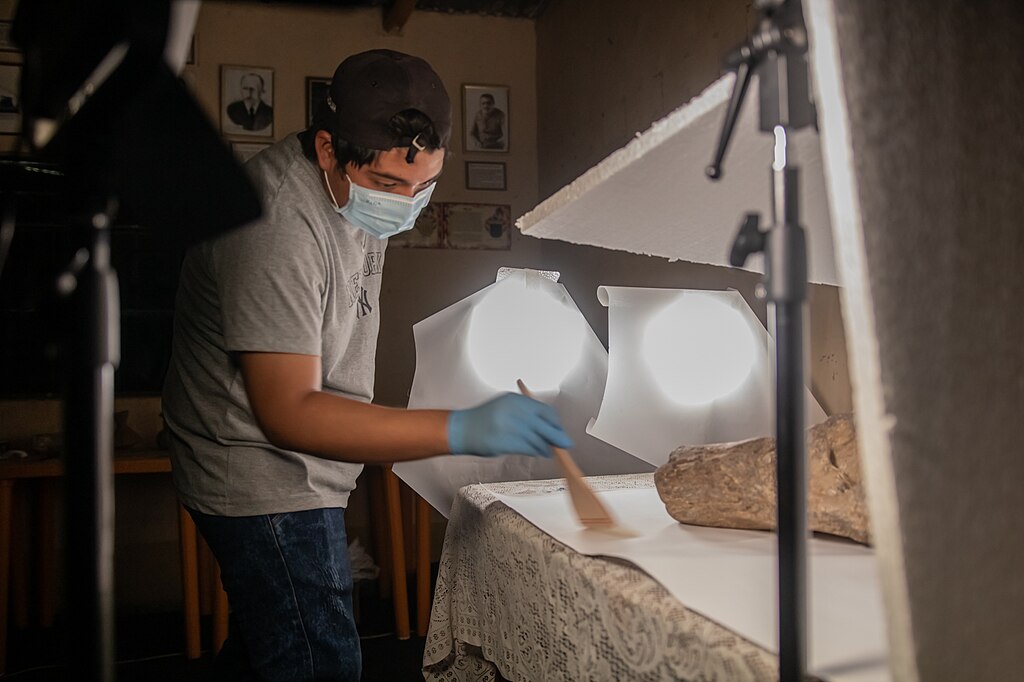
Technological reexamination of fossil identifications has significantly altered our understanding of evolutionary timelines and relationships. Molecular clock analyses, which use genetic differences to estimate when species diverged, have sometimes contradicted fossil-based estimates by millions of years. In several cases, fossils once thought to represent early members of modern groups have been reclassified as belonging to extinct lineages with superficial similarities to living organisms. For example, certain fossil “mammals” from the early Mesozoic were later shown to be non-mammalian synapsids when examined with micro-CT scanning, pushing back the origin of true mammals. Bayesian statistical methods now allow researchers to integrate genetic data with fossil evidence, creating more robust evolutionary trees that sometimes contradict traditional classifications. These revised timelines have significant implications for understanding rates of evolution, extinction events, and the relationship between environmental changes and biological adaptations. By correcting misidentifications, technology is helping create a more accurate picture of life’s evolution across deep time.
Reanalysis of Type Specimens
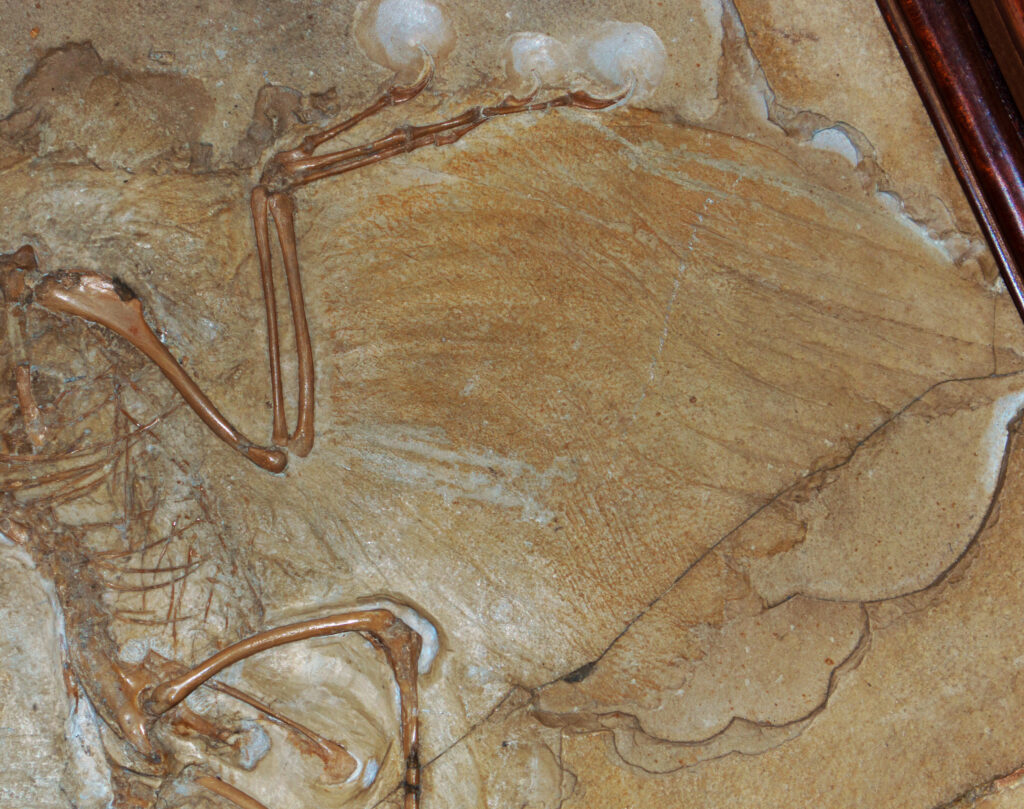
Type specimens—the original fossils upon which species descriptions are based—are receiving particular scrutiny as technology enables their reexamination without physical handling. Many type specimens were described centuries ago, sometimes based on fragmentary remains, and technological analysis is revealing that some were incorrectly classified from the start. Digital access to these specimens through high-resolution photography and 3D scanning allows researchers worldwide to study the defining examples of species without risking damage to irreplaceable materials. This broader access has accelerated the discovery of misidentifications among foundational specimens. In one notable case, the type specimen of Archaeopteryx, one of the most famous fossils demonstrating dinosaur-bird transitions, underwent CT scanning that revealed previously unobserved features and confirmed its placement in the evolutionary tree. When type specimens are reclassified, the implications ripple through paleontology, sometimes requiring the renaming of dozens of related specimens and revising entire sections of taxonomic catalogs that relied on the original identification.
The Future of Fossil Identification

Emerging technologies promise to further transform fossil identification and potentially reveal even more misclassifications. Artificial intelligence and machine learning algorithms are being trained to recognize subtle patterns in fossil morphology that might escape human observation, potentially identifying statistical abnormalities that suggest misclassification. Paleoproteomics—the study of ancient proteins preserved in fossils—offers a new avenue for classification when DNA is too degraded to analyze. This technique has already revealed surprising relationships among extinct mammals and shows promise for much older specimens. Portable technologies like handheld XRF (X-ray fluorescence) analyzers and microscopes are enabling field reassessment of fossils before they’re even excavated, reducing initial misidentifications. As quantum computing develops, it may allow for unprecedented processing of massive datasets combining morphological, genetic, and environmental information to create more accurate evolutionary models. These technological advances suggest that fossil reclassification will continue and likely accelerate, with each new method revealing previously undetected errors in our understanding of ancient life.
Conclusion

The technological revolution in paleontology demonstrates that scientific understanding is never truly complete but evolves as our methods of investigation improve. Each misidentified fossil corrected through advanced technology doesn’t represent a failure of earlier science but rather highlights the self-correcting nature of scientific inquiry. These revisions, while sometimes challenging long-held beliefs, ultimately provide a more accurate and nuanced understanding of life’s evolutionary history. As technology continues to advance, we can anticipate further revelations that will reshape our understanding of ancient life forms and their relationships to modern species. This ongoing reassessment reminds us that in science, the pursuit of more precise knowledge often means being willing to reconsider what we thought we knew with certainty.



